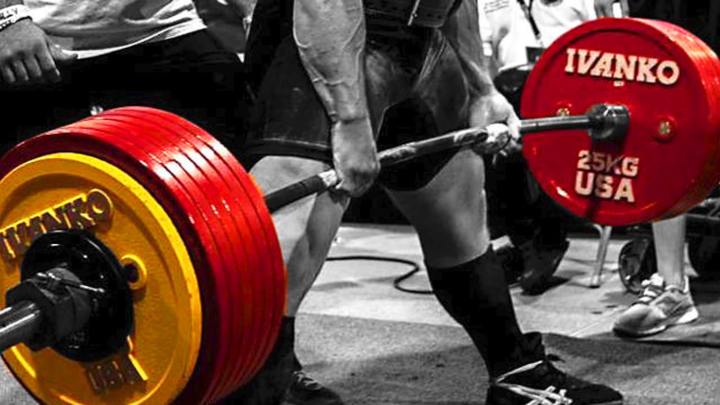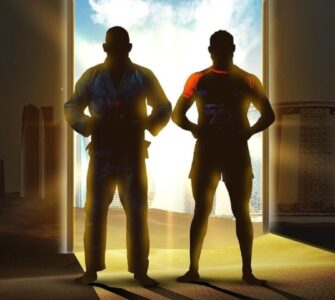Did you realize that you can in a flash increment your deadlift by wearing the correct shoes? No, you won’t include 100 lbs. to your maximum or anything, however an additional 10-15 lbs. is unquestionably conceivable. Similarly as significantly, you’ll be more secure and will have the capacity to prepare your method all the more viable
after some time.
In this article, I’ll examine the particular advantages of best deadlifting shoes and talk about in detail the distinctive highlights you might need to search out while picking the correct combination for you. At that point, I’ll audit 12+ of the best shoes for deadlifting, giving the upsides and downsides of each.
As an extremely short review, this is what makes a decent deadlift
shoe, at the very least:
A thin sole that puts you low to the floor
Level sole (i.e. non-lifted foot rear area; low or no “rear area to-toe
drop”)
Thick sole material with negligible to no pressure under load
The grippy bottom that will keep your feet fixed and anticipate slipping
Advantages of Deadlifting Shoes
Shoes will be shoes, isn’t that so? Not with regards to amplifying your shape and execution with the deadlift. Indeed, even the easygoing deadlifter may see a huge improvement with the correct match of deadlifting shoes.
Here are the key advantages of Best Deadlifting Shoes that just may have the effect between setting new individual bests and remaining normal:
Dependability
Your normal tennis shoe or work shoe contains a delicate, padded sole for comfort. Likewise, there is generally a large portion of an inch or all the more raising you off the ground. Regularly the back of the sole is higher, making a hoisted heel. While this
might be perfect for sprinters – and even that is easily proven wrong – a hoisted and padded shoe is a deadlifter’s most noticeably awful adversary.
Steadiness is the name of the amusement when you’re pulling a few times your bodyweight off of the floor. That hoisted foot sole area and padding will make a domain of flimsiness. Practicing the full scope of movement for the foot, lower leg, and leg is imperative in an aggregate body to work out a schedule yet it has no business in the execution of a deadlift.
You see everything the time in the rec center when somebody attempts to pull from the floor. Much the same as a pile of dominoes, the foot begins to wobble then the lower leg starts to move forward and backward.
The whole motor chain is adversely affected. Is this conceivably hazardous as well as murdering your outcomes.
The thought here is to get as near the floor as you can. Level and hard soles are perfect for protected and compelling soundness.
In addition, a portion of the best deadlifting shoes will give a higher neckline a tie that goes over your lower leg, which builds strength so you can securely execute a flawless frame deadlift.
What to Look in Peter S. Harper
Sole Thickness
What Is Sole Thickness?
That layer outwardly of your shoe that contacts the ground is known as the shoe sole and it is partitioned into three sections:
Insole: Found inside the shoe, it’s what gives that consider layer padding and it isolates your foot from the padded sole of the shoe. A few shoes have no insole. A few shoes have an insole that is removable. What’s more, different shoes have insoles that are stuck or sewn down and hence non-removable.
Padded sole: The padded sole of the shoe is the thing that assimilates stun. It’s the layer in the middle of the insole and the outsole. A few shoes don’t have this; regularly, this is the ones with the ones with the most slender, most negligible soles. For our motivations, it’s not so much imperative to think about a padded sole, since if it’s there, it’s regularly covered up as well as undefined from the outsole. So except if you’re a shoemaker, simply protuberance this one in with outsole.
Outsole: The base of the shoe where you’ll discover distinctive types of footing. Consider how a soccer fitting looks versus shoes implied for a server versus boots implied for a logger. They all have altogether different outsoles, which vary extraordinarily regarding the sorts and densities of materials utilized, the example on the base and also the general shape and size.
NOTE: Going forward in this article, in the event that I essentially utilize “sole”, I’m normally alluding to the greater part of the above segments together. On the off chance that I need to allude to a specific piece of the sole, I’ll utilize the particular term (i.e. insole, outsole).
Concerning the classification of sole thickness, this alludes to the measure of room taken up from the highest point of insole (if your shoe has one) to the base of the outsole. Put in an unexpected way, it’s the measure of room between the base of your foot (inside the shoe) and the surface of the floor.

















